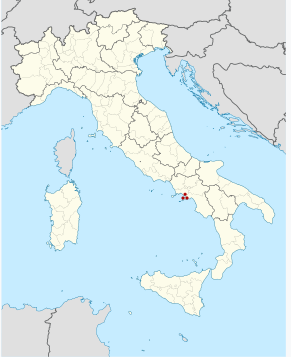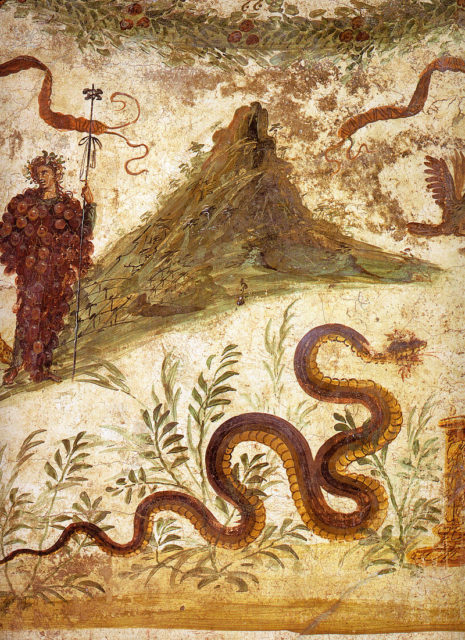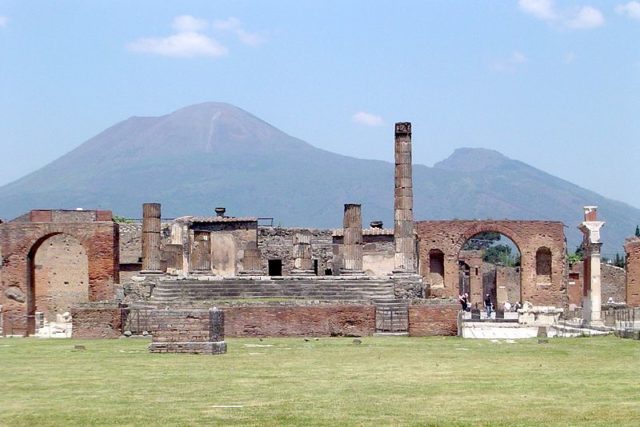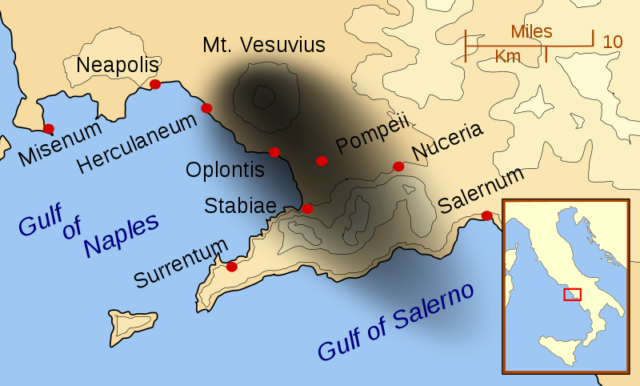Joint efforts by Italian and French archaeologists have uncovered the remains of four young people on the outskirts of Pompeii.
The youngsters were found together in the back of a shop, and among their bones were three gold coins and a pendant from a necklace. The room they were in is thought to have been a workshop as there is it had an oven which may have been used in the production of bronze objects.

The excavation of this shop, plus a second shop nearby, was started in May 2016 near the Herculaneum port area. The second shop is a puzzle for the archaeologists at present, as it has a circular well that is accessible by a spiral staircase going down into the floor. The shops both show signs that, after the eruption, someone tried to dig into the ash, possibly on the lookout for portable valuables they could carry away. Luckily, the coins and the pendant escaped their attention and stayed with the remains of the young people.
Also found on the dig was a tomb of an adult, still complete with funerary vases. It has been dated to the 4th century BC and is considered quite a rare find. Inside the tomb, they found the skeletal remains of what is thought to be an adult male. He is lying on his back, and near his arms and feet are six black vases. In November, the archaeologists found raw clay vessels that looked like they had been dropped by fleeing Roman potters.


The town of Pompeii was a large Roman city in the area of Campania in Italy. When Mount Vesuvius erupted, it threw ash high into the air which quickly covered the town. It did this for 18 hours, but the most devastating part of the disaster was the thick wall of hot mud that flowed over the town at 100 mph.
It destroyed the city and covered it completely. Anyone who had not managed to flee was killed. Once the mud flow stopped issuing from the volcano’s broken cone, only the tallest tops of buildings could be seen. Many of the people buried in the ash and mud remain as skeletons encased in a hard shell that had molded to their previous forms. The bodies were able to decay over time due to the porous nature of the ash that settled over them, Mail Online reported.

It is thought that two thousand people died in Pompeii; it remained abandoned until 1748, when it was found by accident, hidden under 30 feet of ash.
It is now a UNESCO World Heritage Site. Specialists from around the world are still working on digs to uncover the buildings, skeletons, and artifacts of this ancient town. Over two million tourists visit the site every year.
